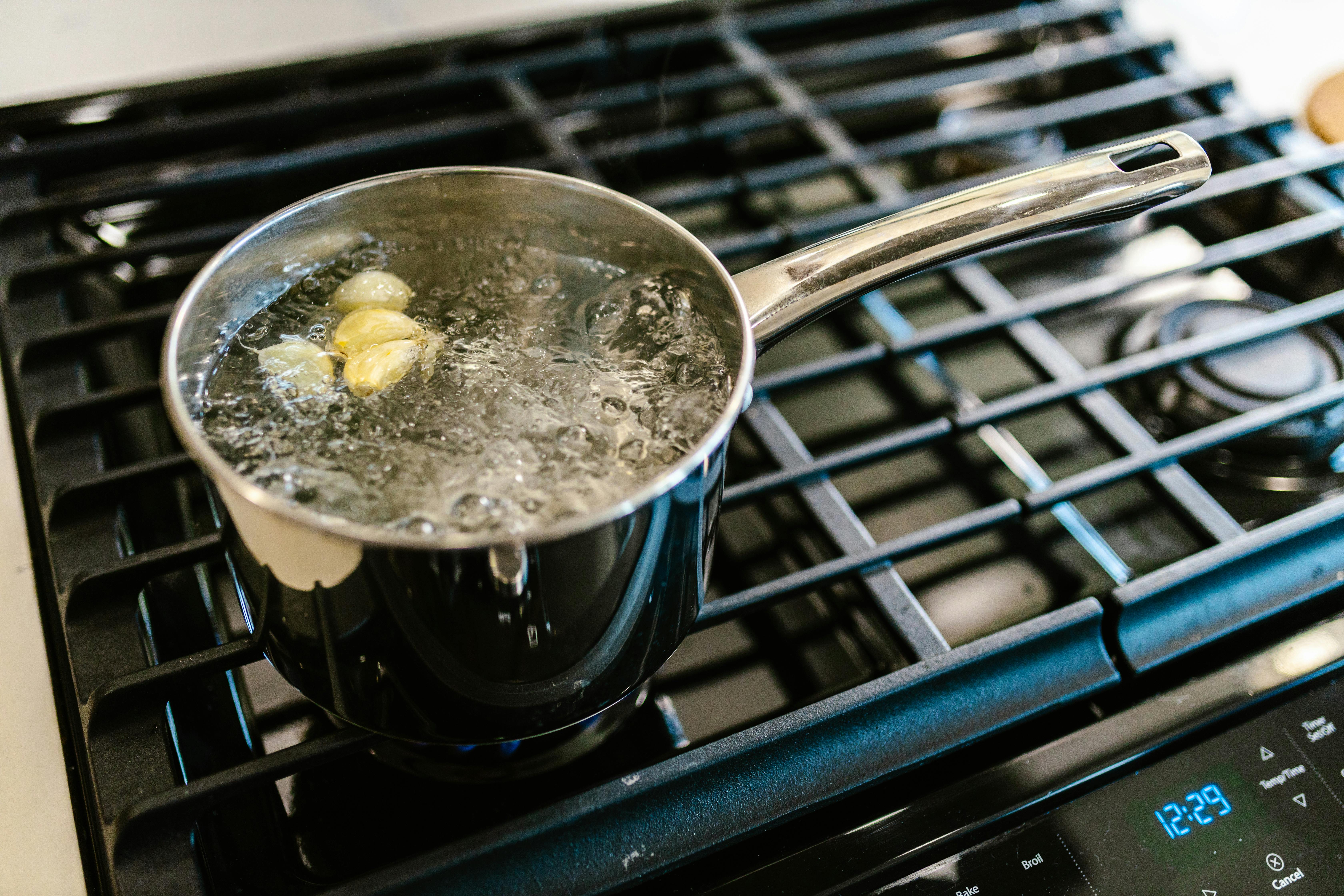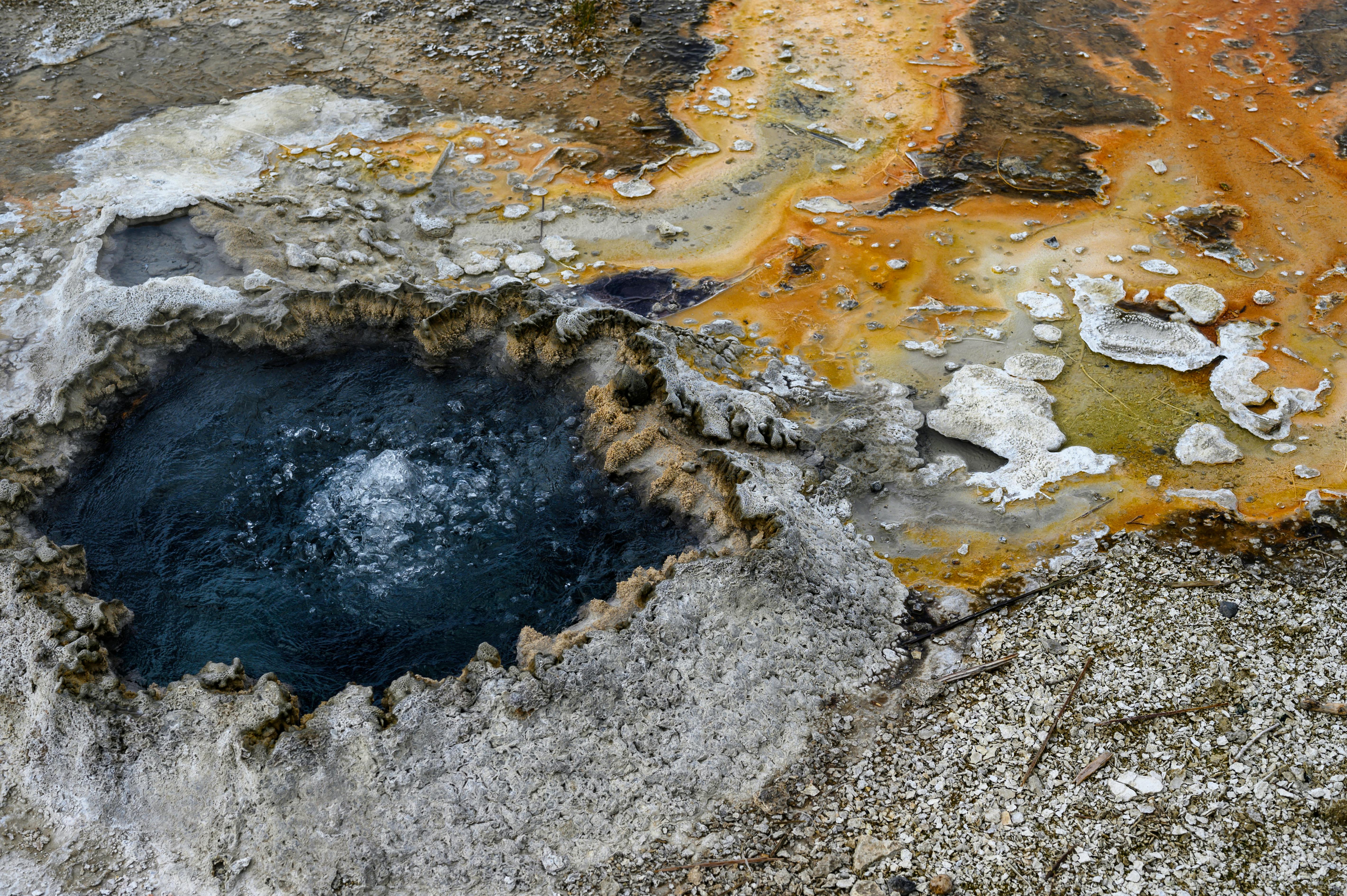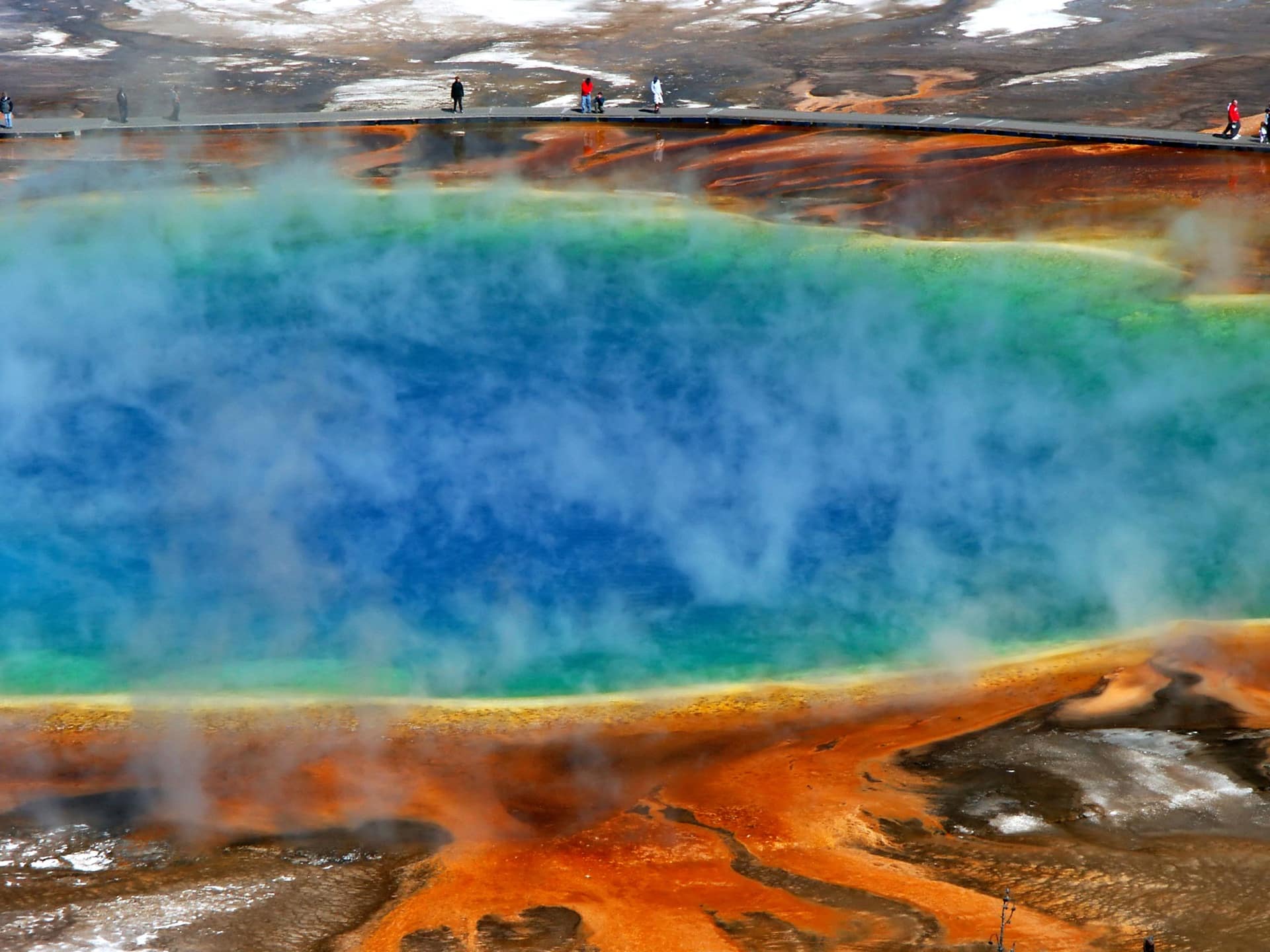If you have ever experienced a situation in which your water does not boil despite being heated, you may be wondering why this is the case. There are a few potential causes for water not boiling, ranging from simple issues to more complex problems that require professional assistance. In this article, we will discuss the possible reasons why your water is not boiling and how to solve them.The boiling point of water is 212°F at sea level, but this can change depending on the atmospheric pressure. If the atmospheric pressure is lower, the boiling point of water will be lower. Other factors that can prevent water from boiling include an insufficient heat source, contaminants in the water, or a lid that is preventing steam from escaping.
How to Fix a Pot That Won’t Boil Water
Having trouble getting your pot to boil water? There could be a few causes for this, and thankfully most of them are relatively easy to fix. Before you start troubleshooting, make sure the burner or element is on and that the control knob is in the correct position. If that’s all in order, then it’s time to find out what’s wrong with your pot.
The first thing you should do is check the bottom of your pot for any damages such as dents, scratches or debris. If there are any damages on the bottom of the pot, it can prevent it from heating up evenly and cause it to not reach boiling point. If there are any damages, you will need to replace the pot with a new one.
If there are no damages present, then it could be due to a build up of limescale or other minerals from hard water in your area. To fix this issue, you will need to descale your pot using vinegar and water. Start by filling the pot halfway with equal parts vinegar and water and bring it up to a boil for 10 minutes before emptying it out. This process should help remove any limescale buildup inside your pot and get it working again.
If neither of these steps worked for you then you may need to take a closer look at how well your burner or element is working. To do this, use a multimeter to test whether power is being supplied correctly from the source. If there appears to be an issue here then you may need to contact an appliance repair specialist who can help you diagnose and fix the problem more accurately.
By taking these steps, you should be able to get your pot boiling again in no time!
Is My Burner Too Low to Boil Water?
Boiling water is an essential cooking task performed in many kitchens, and it is important to make sure that your burner is set to the right temperature. If your burner isn’t hot enough, water won’t boil properly and you won’t be able to cook certain dishes. So how do you know when your burner is too low to boil water?
One way to tell if your burner is too low for boiling water is by observing the flame. If the flame appears weak or yellow, it may not be reaching a high enough temperature for boiling water. Additionally, if the flame doesn’t appear consistent and remains low throughout cooking, this could also indicate that your burner isn’t hot enough.
Another way to tell if your burner isn’t hot enough is by looking at how long it takes for the water to reach a boil. If it takes longer than usual for the water to start bubbling and boiling, then this could be a sign that your burner isn’t hot enough. Additionally, if the boiling process stops shortly after it begins or if steam continues coming out of the pot even after you’ve removed it from heat, then this could also indicate that your burner isn’t producing enough heat for proper boiling.
If you find that your burner isn’t hot enough for boiling water, you may need to adjust its settings or contact a professional technician in order to get it working properly again. In some cases, simply turning up the heat can solve the problem – but if not, then more extensive repairs may be necessary in order to ensure that your burner can reach temperatures high enough for boiling water.
What Temperature Does Water Need to Reach Before Boiling?
Water needs to reach 212°F (100°C) in order for it to boil. This is the boiling point of water at sea level, and it changes slightly depending on the altitude of a given location. The boiling point decreases as altitude increases, meaning that water will boil at a lower temperature in higher altitudes.
The boiling point of water depends on the atmospheric pressure, which decreases with increasing altitude. As atmospheric pressure decreases, so does the boiling point of water. At sea level, atmospheric pressure is about 14.7 pounds per square inch (psi), but at 10,000 feet it is only about 9 psi. This results in a decrease in the boiling point of water from 212°F (100°C) to approximately 203°F (95°C).
In addition to altitude, other factors such as impurities or dissolved solids can also affect the boiling point of water. These solids can lower the boiling point by up to 2 degrees Fahrenheit (1 degree Celsius). Therefore, if there are impurities present in the water being boiled, it will take longer for it to reach its boiling point than if it were pure clean water.
Ultimately, water needs to reach 212°F (100°C) before it begins to boil and form bubbles of steam. However, due to changes in altitude and other factors such as impurities or dissolved solids, this temperature can vary slightly from location to location.
What Are There Factors That Affect the Boiling Point of Water?
The boiling point of water is affected by several factors, including atmospheric pressure, additives, and dissolved solutes. When atmospheric pressure changes, it affects the boiling point by either increasing or decreasing it. For example, at higher elevations such as in mountains, the atmospheric pressure is lower and the boiling point will be lower than at sea level. Additives such as salts can increase the boiling point of water because they act like impurities that reduce the vapor pressure. Dissolved solutes can also affect the boiling point since they can increase or decrease it depending on whether they are polar or non-polar molecules. Polar molecules tend to increase the boiling point while non-polar molecules tend to decrease it. Additionally, temperature also affects the boiling point since higher temperatures will cause water to boil at a higher temperature.
Overall, there are many factors that can affect the boiling point of water. The most prominent factor is atmospheric pressure, which can either increase or decrease it depending on elevation and other environmental conditions. Additionally, additives and dissolved solutes can also have an effect on the boiling point since they influence vapor pressure and change how much energy is needed for water to reach its boiling point. Lastly, temperature also influences the boiling point since higher temperatures will cause faster evaporation rates and thus a higher boiling point.

Could the Size of the Pot Affect How Fast My Water Boils?
The size of the pot you use to boil water can have an impact on how quickly it boils. Larger pots require more energy to heat up and therefore will take longer to reach a boiling point. Smaller pots, on the other hand, require less energy and will take less time to boil. The amount of water you are trying to boil also has an influence on how quickly it boils; larger amounts of water will take longer than smaller amounts.
When boiling water, it is important to consider the size of your pot and the amount of water you are trying to heat up. If you are using a large pot, it may be beneficial to use a larger burner or heat source so that the pot can be heated up more quickly. Additionally, if you are trying to boil a large amount of water, it is best to use a larger pot so that your stovetop does not become overwhelmed and unable to achieve higher temperatures.
The material used for your pot can also affect how quickly your water boils. If you are using a thick-bottomed pot such as stainless steel or cast iron, it will take longer for the heat energy from your stovetop to travel through the bottom of the pot and into the water. Thinner materials like aluminum or copper will conduct heat more quickly and therefore achieve boiling temperatures faster.
In conclusion, there are several factors that can influence how fast your water boils including size of pot, amount of water being boiled, and type of material used for your container. By taking these factors into consideration when boiling water, you can ensure that your food is cooked at an optimal temperature in a timely manner.Yes, it is possible to overheat or underheat when trying to boil water.
When attempting to boil water, the temperature of the water needs to be monitored closely. If the temperature rises too quickly and too high, the water can overheat and boil away, leaving behind a dry residue. On the other hand, if the temperature is not hot enough and not maintained at a constant level, then it can fail to reach boiling point. This can result in underheating, which can cause impurities to remain in the water that would normally be removed through boiling.
It is important to ensure that the heat source used for boiling water is properly regulated and not too powerful. A thermometer should always be used during the boiling process to monitor and regulate the temperature of the water. By maintaining a consistent temperature throughout boiling process, you can ensure that your water is heated correctly and that all impurities are removed from it.
Checking if Your Stovetop is Functioning Properly
Making sure that your stovetop is functioning properly can help you ensure that your meals will come out as expected. To check if the stovetop is working correctly, you will need to do a few simple tests. Start by turning all the burners on and make sure they are producing a steady flame. If some of the flames are weak or flicker, then the burner needs to be adjusted or replaced.
Next, check for any gas leaks by using a soapy water mixture and spraying it around the connection points. If you see large bubbles forming, then there is likely a gas leak present and should be fixed as soon as possible.
Finally, you can also check to see if all the burners are heating up equally. Place an oven thermometer on each burner and turn them all on high heat for 10 minutes. After 10 minutes, compare the readings from each thermometer to make sure they match up. If one of them has a significantly different reading then that burner may need further inspection or cleaning.
By following these simple tips, you can easily check if your stovetop is functioning properly and get back to cooking delicious meals in no time!

Conclusion
Boiling water is an essential part of many recipes and processes in the kitchen, but without a functioning stove or kettle, boiling water can be difficult. There are a few reasons why your water might not be boiling, ranging from technical issues with your stove or kettle to simply not having a high enough temperature to reach boiling point. To get to the root of the problem, it’s important to first check that your stove is plugged in and that the settings are correct. If this doesn’t work then you may need to check the wiring or contact a professional for help. If your kettle isn’t working, it may be time to invest in a new one.
No matter the reason why your water isn’t boiling, there are ways to troubleshoot and solve the problem. By following these simple steps, you can get your water boiling again in no time.

